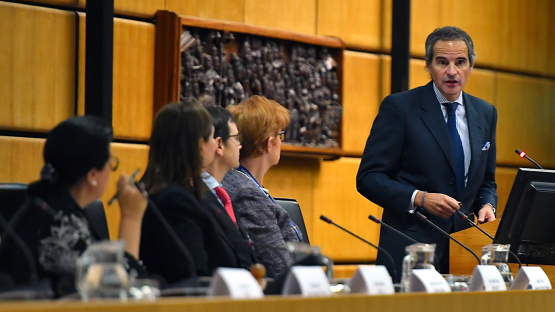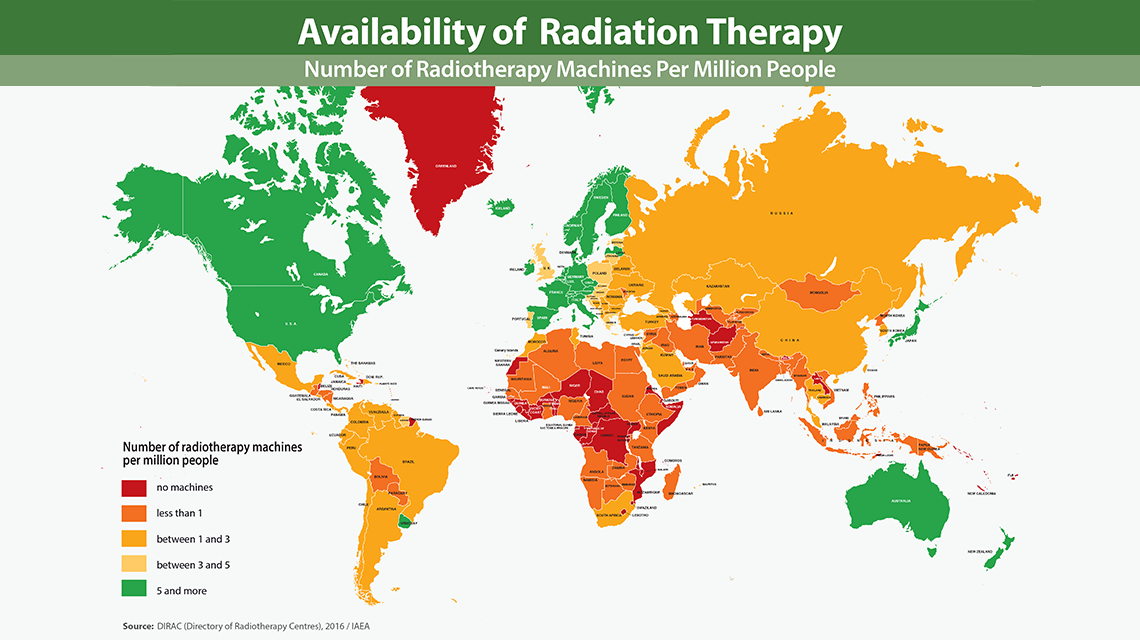How to best work together to ensure that no woman dies from preventable or treatable cervical cancer was the centre of discussion among human health and radiation medicine experts as well as high-level officials at an IAEA event this morning to mark World Cancer Day.
Around 90% of patients who die from cervical cancer live in low- and middle-income countries. Once diagnosed, cervical cancer can often be treated effectively with radiotherapy, but proper facilities, human resources and other infrastructure are prerequisite to such treatment.
In his opening remarks at the event, titled Together in the Fight against Cancer, IAEA Director General Rafael Mariano Grossi emphasized the importance of partnerships to improve diagnosis and treatment of cervical cancer.
“Today is an inspiring opportunity,” he said. “I see a community of people here gathered together around a part of our work which connects us in a unique way — caring for others and trying to save lives. We have a chance to put our talent together to do this.”
Mr Grossi spoke of unequal access to potentially life-saving cervical cancer treatment, highlighting disparities between richer and poorer countries. “Cervical cancer is treatable and curable for those living in more developed countries. But in poor countries, a diagnosis is a serious problem,” he said.
The IAEA supports countries to improve access to nuclear medicine, radiotherapy and dosimetry services. This includes training for various specialists, such as medical physicists and radiation oncologists, along with assistance in setting up radiotherapy facilities and acquiring equipment.
Mr Grossi highlighted select IAEA efforts to improve global cancer care, such as creating a registry of radiotherapy units around the world and conducting imPACT reviews through the Programme of Action for Cancer Therapy (PACT) to help countries determine their needs regarding cancer care.
While recognizing the importance of these existing efforts, he said that we must do more. “The best way to do more is to partner. Working together will multiply our voices and maximize our efforts."









